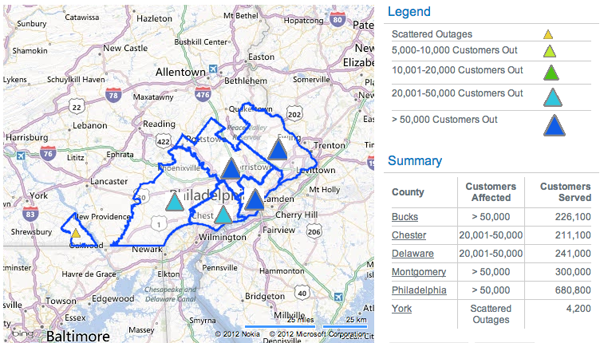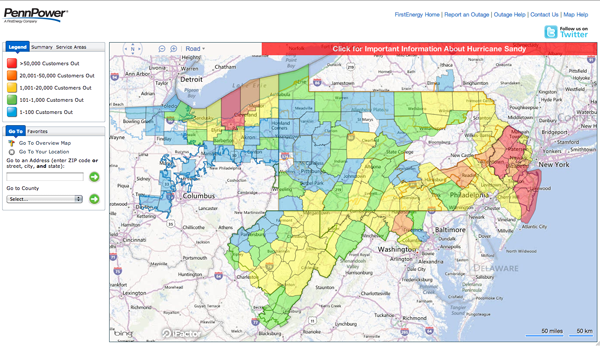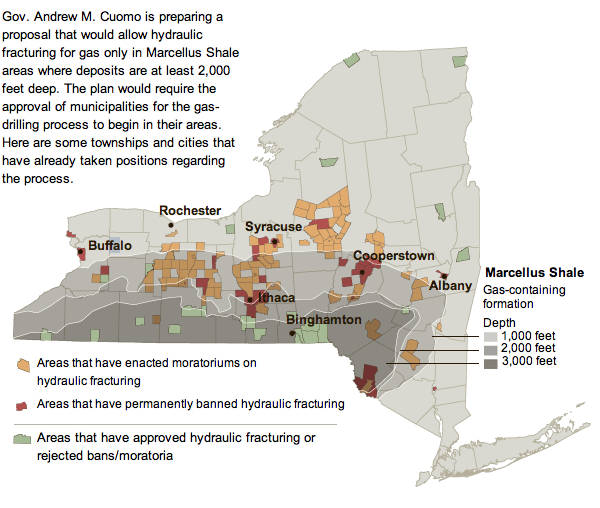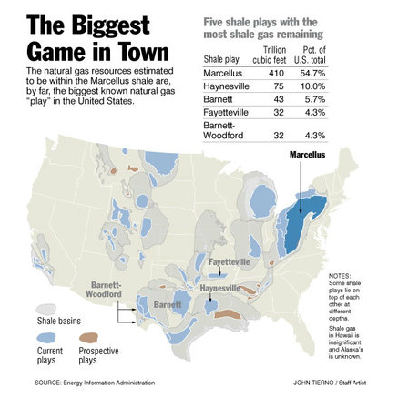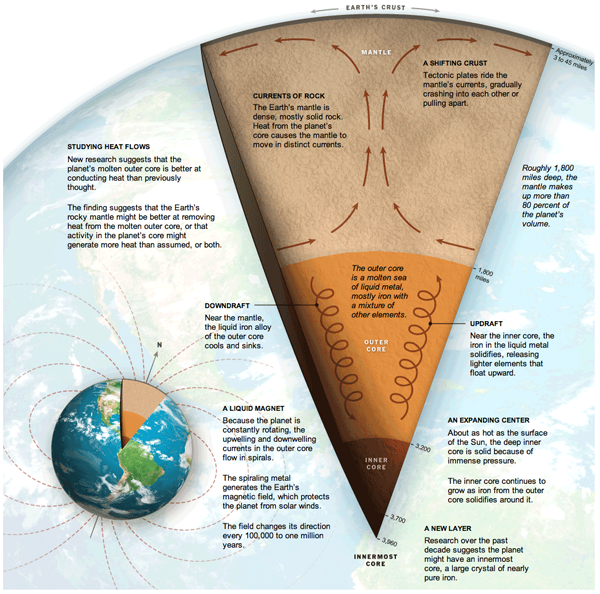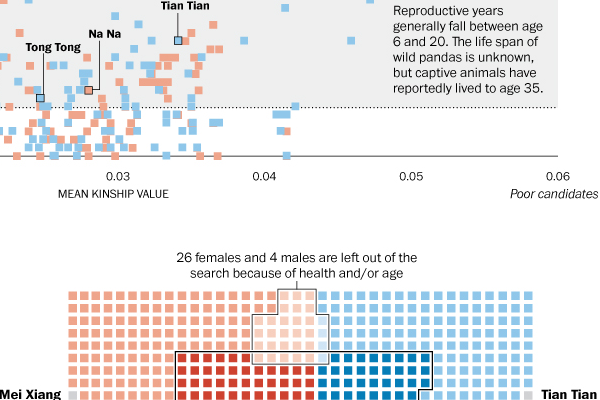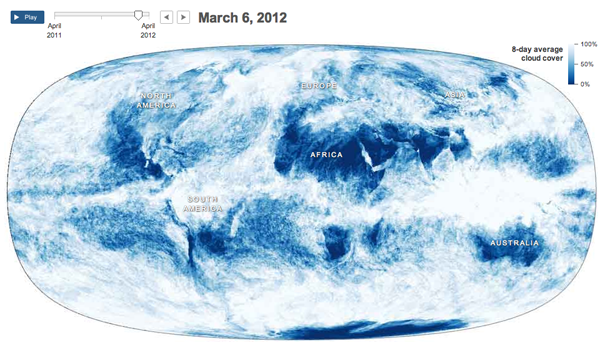Last week a new study revealed that the injection of wastewater from oil drilling and fracking may contribute to earthquakes. Put simply, the theory is that the wastewater injected into the ground lubricates fault lines. And when sufficiently lubricated, the resistance between sides of the fault vanishes and an earthquake is triggered to release the tension in the fault line.
Mother Jones used an animated .gif to explain just how the process of fracking works, specifically to show the wasterwater portion. I chose this piece because it is the first .gif that I have seen attempting to use the looping animation to convey information or a story, especially as an infographic. Make sure to click the image to go the Mother Jones’ article for the animated version.

Credit for the piece goes to Leanne Kroll and Brett Brownell.



